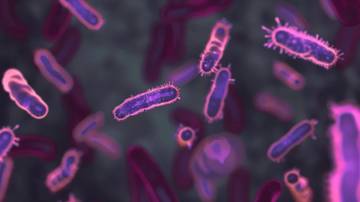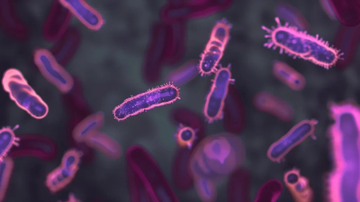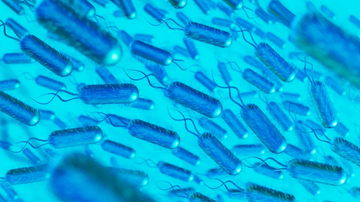Christensenella minuta is a member of the Christensenellaceae family, which has gained prominence as a potential next-generation probiotic due to its strong heritability and association with lean body mass. First identified in 2012, Christensenella is found in the human gut and has been linked to various beneficial health outcomes, particularly in metabolic health and obesity management. Research from leading institutions like King’s College London, along with NIH-funded studies, suggest that Christensenella may play a crucial role in modulating the gut microbiota, influencing host physiology, and reducing the risk of obesity and related metabolic disorders.
Studies have shown that Christensenella is highly heritable, with its abundance in the gut being strongly linked to genetics. Research indicates that individuals with a higher abundance of Christensenella tend to have lower body mass indexes (BMI), suggesting a potential role in weight management. This was supported by a groundbreaking study from King’s College London, which found that transplanting Christensenella minuta into the guts of mice led to reduced weight gain and fat accumulation compared to control groups, even when on the same diet
Furthermore, Christensenella interacts with other beneficial gut microbes to enhance its effects on gut health. It coexists positively with species such as Faecalibacterium prausnitzii and Lactobacillus fermentum, both of which are known for their anti-inflammatory properties. On the other hand, it has an exclusionary relationship with potentially harmful bacteria like Bacteroides fragilis and Ruminococcus gnavus, highlighting its potential role in balancing gut microbiota and preventing dysbiosis, a condition often associated with inflammatory and metabolic disorders.
The potential therapeutic applications of Christensenella are broad, ranging from obesity prevention to the treatment of gastrointestinal diseases. However, cultivating Christensenella on a large scale has proven challenging due to its anaerobic nature, which requires specialized conditions for growth. Ongoing research aims to develop reliable methods for culturing and administering this promising probiotic for therapeutic purposes.
In conclusion, Christensenella minuta holds significant promise as a next-generation probiotic, particularly in the areas of metabolic health and obesity management. Its unique ability to modulate gut microbiota, its genetic heritability, and its interaction with other beneficial bacteria make it a promising candidate for future therapeutic interventions. However, more research is needed to fully understand its mechanisms and to overcome challenges in its cultivation and application.
References
Goodrich, J.K., et al. (2014). Human genetics shapes the gut microbiome. Cell, 159(4), 789-799. https://doi.org/10.1016/j.cell.2014.09.053.
Kirkup, B.C., et al. (2023). Christensenella: A heritable microbiome strain with potential in metabolic health. Frontiers in Microbiology, 12, 624-632. https://doi.org/10.3389/fmicb.2023.00624.
NIH. (n.d.). Christensenella and metabolic health. National Institutes of Health. https://nih.gov.






